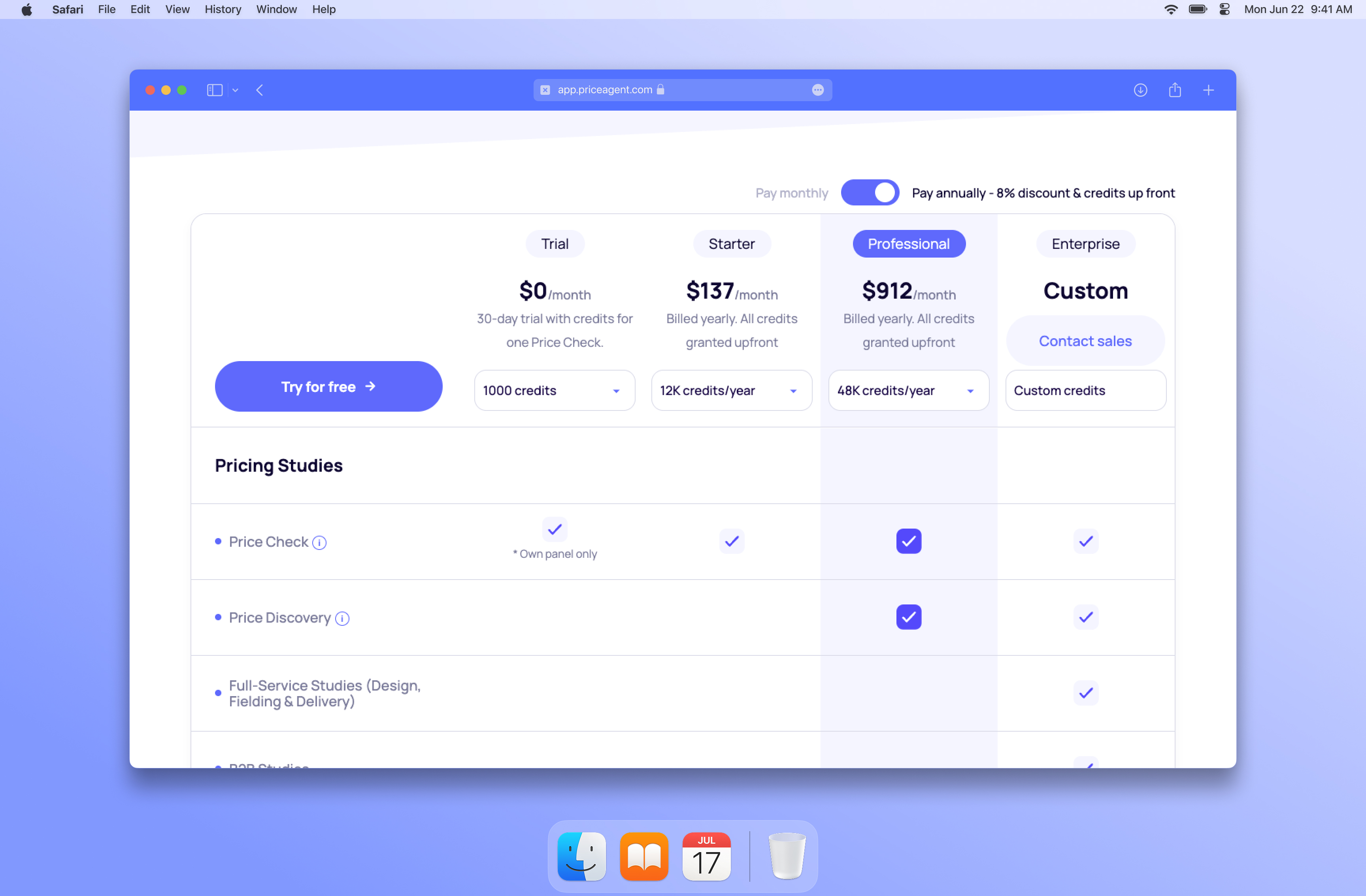Understanding Price Elasticity Calculator and Its Importance in Business
Price Elasticity Calculator helps businesses optimize their price by measuring the r

Summarize article with AI
As a business owner, marketer, or analyst, pricing strategy is one of the most critical decisions you make. Setting the right price can help you increase sales, improve profitability, and gain a competitive advantage. However,determining the optimal price for your product or service is not easy, as it depends on several factors such as consumer demand, production costs, and competition. This is where Price Elasticity Calculator comes in.
What is Price Elasticity Calculator?
Price Elasticity Calculator is a tool that helps businesses measure the responsiveness of consumer demand to changes in price. In other words, it calculates how much the quantity demanded of a product or service changes when the price changes. Price elasticity is a measure of the sensitivity of demand to price, and it is a crucial factor in determining the optimal pricing strategy.
Why is it important for businesses to calculate price elasticity?
By using Price Elasticity Calculator, businesses can gain valuable insights into consumer behavior and adjust their pricing strategy accordingly. For example, if the demand for a product is highly elastic, a small price increase can cause a significant drop in sales volume. On the other hand, if the demand is inelastic, a price increase may not impact sales volume significantly.
How does Price Elasticity Calculator work?
To use Price Elasticity Calculator, you need to know the current price of your product, the quantity sold, and the total revenue generated. By using PriceAgent, we measure different price points where demand increase and decrease by a lot. We call these price walls, and they can show a drastic drop in demand, where you will have to be on the right side.
This image illustrate the graphs provided in PriceAgent.
If you don’t have PriceAgent, there is a work around. However, method is still a bit uncertain as you only look at limited and biased data points (only your different prices and sales). But it can give you a sense. You also need to know the price and quantity sold at a different point in time, such as a previous quarter or year. Using this data, you can calculate the price elasticity of demand using the following formula:
Price Elasticity of Demand= (% Change in Quantity Demanded) / (% Change in Price)
For example, if the price of your product increased by 10%, and the quantity demanded decreased by 15%, the price elasticity of demand would be -1.5. A negative price elasticity indicates that demand is elastic, meaning that consumers are highly responsive to changes in price.
Examples of how businesses can use Elasticity to optimize their pricing strategy.
Price Elasticity Calculator can help businesses make data-driven pricing decisions and optimize their pricing strategy. For example, a business may use Price Elasticity Calculator to determine the optimal price point for a new product or service. By analyzing consumer demand at different price points, the business can identify the price that maximizes revenue and profitability.
Price Elasticity Calculator can also help businesses respond to changes in the market, such as increased competition or changes in consumer preferences. By monitoring changes in price elasticity over time, businesses can adjust their pricing strategy to maintain their competitive edge.
Tips on how to use Price Elasticity Calculator effectively.
To use Price Elasticity Calculator effectively, businesses should consider the following tips:
Collect reliable data: Price Elasticity Calculator relies on accurate data to generate meaningful insights. Therefore, businesses should ensure that they collect reliable data on consumer demand, pricing, and revenue.
Use multiple data points: To obtain a more accurate measure of price elasticity, businesses should use multiple data points. By analyzing consumer demand at different price points, businesses can gain a better understanding of how price impacts demand.
Continuously monitor price elasticity: Consumer behavior is constantly changing, so businesses should continuously monitor price elasticity to stay ahead of the competition. By tracking changes in price elasticity over time, businesses can adjust their pricing strategy to stay competitive.
In conclusion, Price Elasticity Calculator is a powerful tool that can help businesses optimize their pricing strategy and gain a competitive advantage. By measuring the responsiveness of consumer demand to changes in price, businesses can make data-driven pricing decisions and adjust their strategy to meet the changing needs of their customers. By following the tips outlined in this article, businesses can use Price Elasticity Calculator effectively and stay ahead of the









